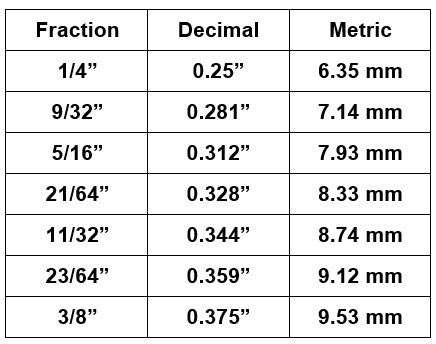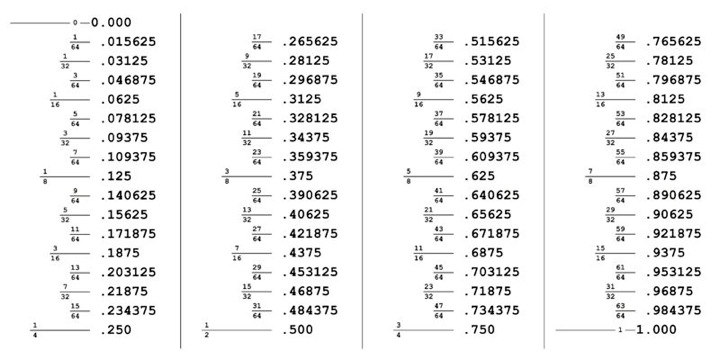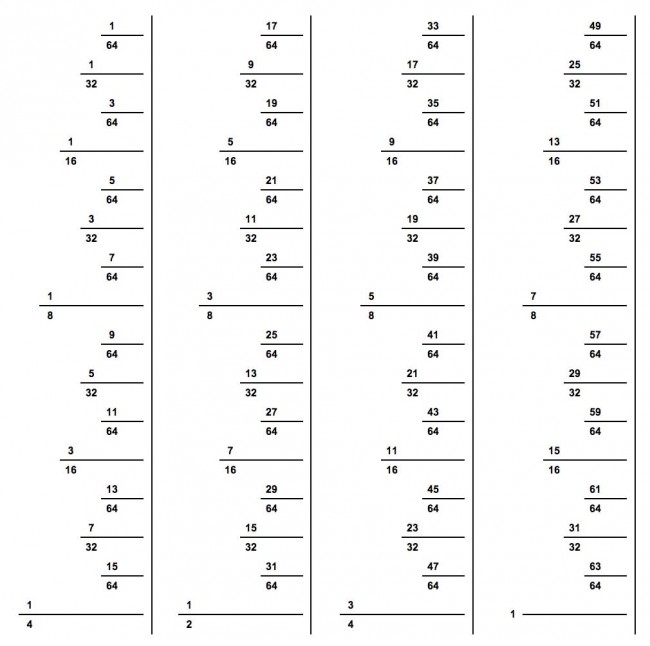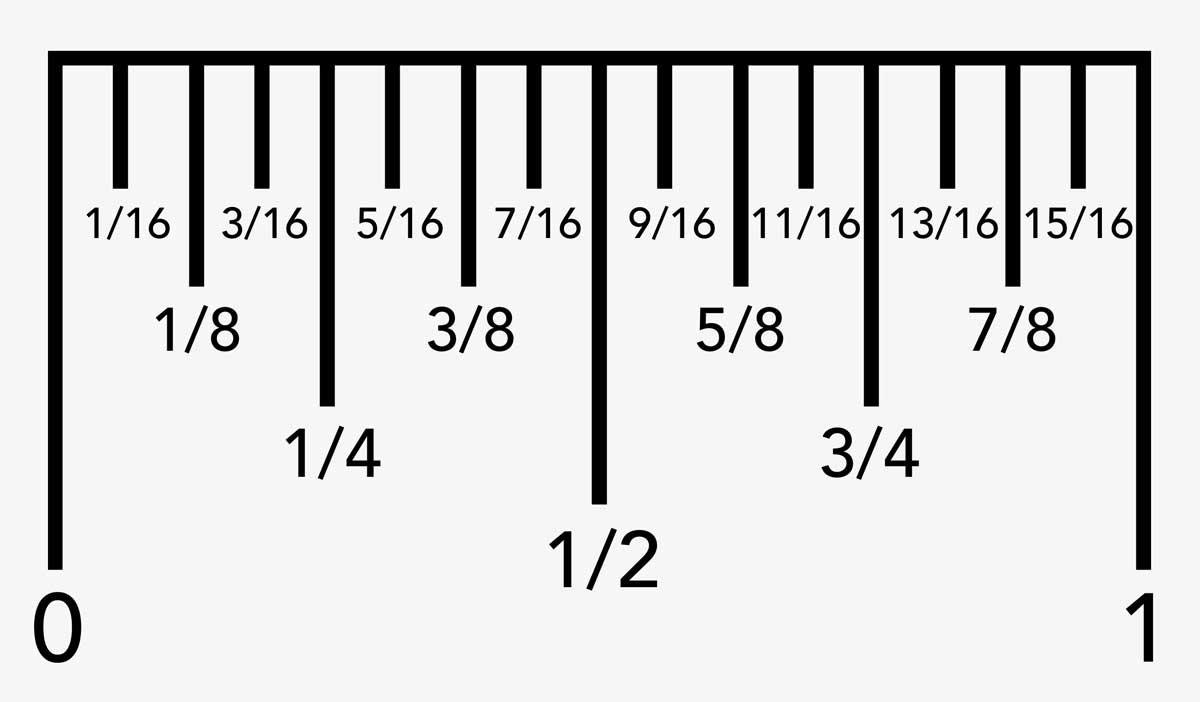


No intention to make someone decorate this: if both the numerator and denominator are even numbers it is possible to simplify. We know that 4/8 it’s the same of 1/2 and we must express the fraction in the form of 1/2. The fraction must be expressed in its simplest possible form or irreducible. Always express it in the mixed form (1 5/8). Keeping the fraction like this is a kind of trap armed against you. See that 1 5/8 it’s equal to 1 + 5/8 = 8/8 + 5/8 = 13/8 (keeping the denominator and summing the numerator ).ġ3/8 it’s what we call of ‘improper fraction’ (the value of the numerator is bigger than the denominator). It is not recommended, or elegant, to express the whole number this way. See, in Figure 1, the distance between 0 and 1 is a whole that is divided into eight eighths. It is also possible to represent a whole number in fraction form. In this example, we consider a ‘full’ unit and another five pieces of which was divided into eight (one and five-eighths). The numerator express how many shares will be considered (five). In the example of Figure 1 it was divided into eight parts. The denominator express in how many parts the whole is divided. The example in figure 1 represents an ‘mixed fraction’, which is greater than the unit, in this case, the quantity of wholes is represented to the left of the dividing line (think in a entire pizza more than five pieces). The number over the line is the ‘ numerator‘ and the underneath is the ‘ denominator‘. Generally, the fraction is represented by a pair of numbers aligned in the vertical and separator by a line divider. Most Fractional Rulers are based on the English measuring system where scales are graduated in units of one inch and fractions of an inch.Figure 1 – representation of a mixed fraction and its corresponding fractional Decimal Rulers have graduations or marks which are based on the decimal system such as 0.5, 0.25, 0.1, 0.05, etc. Fractional Rulers have graduations or marks based on fractions, for example 1/2", 1/4" 1/8", 1/16", etc. There are two types of scales commonly used on rulers Fractional and Decimal. 1 inch equals 2.54 centimeters(cm), 1 cm approximately equivalent to 3/8 inch or equals 0.393700787 inchįractional inches to cm & mm conversion table.1 meter = 100 centimeters = 1,000 millimeters.

1 centimeter(cm) = 10 millimeters(mm).If you would like measure the length of something, You can set the pixels per inch (PPI) according your own device. If you would like this online ruler in actual size, So i set the default pixels per inch(PPI) is 100.7 for myself. I found the markings are not very accurate at 30cm, I google the PPI reference and found 100 PPI to my screen,Īfter i measure the size of virtual ruler by a actual ruler, The diagonal screen is 15.6"(inches) of my laptop computer, resolution is 1366x768 pixels. 3.25" = 3 1/4"Īdjusting this virtual ruler to actual size To convert decimal inch to fractional inch, fill decimal inch into the blank Decimal inch.To convert fractional inch to mm or cm, fill fraction into the blank Fractional inch, e.g.To convert CM to fractional inch, fill number into the blank CM,Į.g.To convert MM to fractional inch, fill number into the blank MM, e.g.Understand your question with the best visualization.

With a ruler to show the corresponding of units, Inches to cm, inches to mm, include fraction and decimal inches, This is an online length converter, convert millimeters(mm) to inches, centimeters(cm) to inches,


 0 kommentar(er)
0 kommentar(er)
